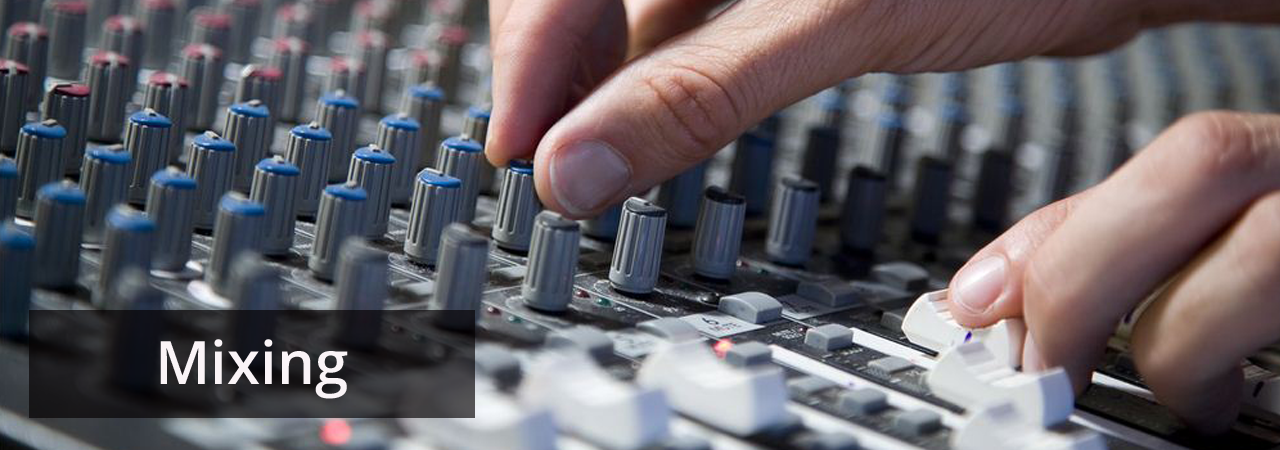Audio Mixing
A mixing engineer (or simply mix engineer) is a person responsible for combining ("mixing") the different sonic elements of a piece of recorded music (vocals, instruments, effects etc.) into a final version of a song (also known as "final mix" or "mixdown").
MIXING vs. MASTERING - Click to learn more about the difference!
MIXING - BEFORE & AFTER - Examples of mixing and mastering by Major Mixing engineers
Watch and listen to the following video. Listen to each song a couple times and think about the questions below.
|
|
|
|
|
1. What is the difference between the unmixed and mixed songs?
2. What changes?
3. What can you hear clearly?
4. What can you hear in the front?
5. What can you hear in the back?
2. What changes?
3. What can you hear clearly?
4. What can you hear in the front?
5. What can you hear in the back?
Think of a mix as a sonic three-dimensional image.
There are four essential elements that we use to control that image:
1. Level (Height)
2. EQ (Height)
3. Panning (Width)
4. Time-Based Effects (Depth)
There are four essential elements that we use to control that image:
1. Level (Height)
2. EQ (Height)
3. Panning (Width)
4. Time-Based Effects (Depth)

